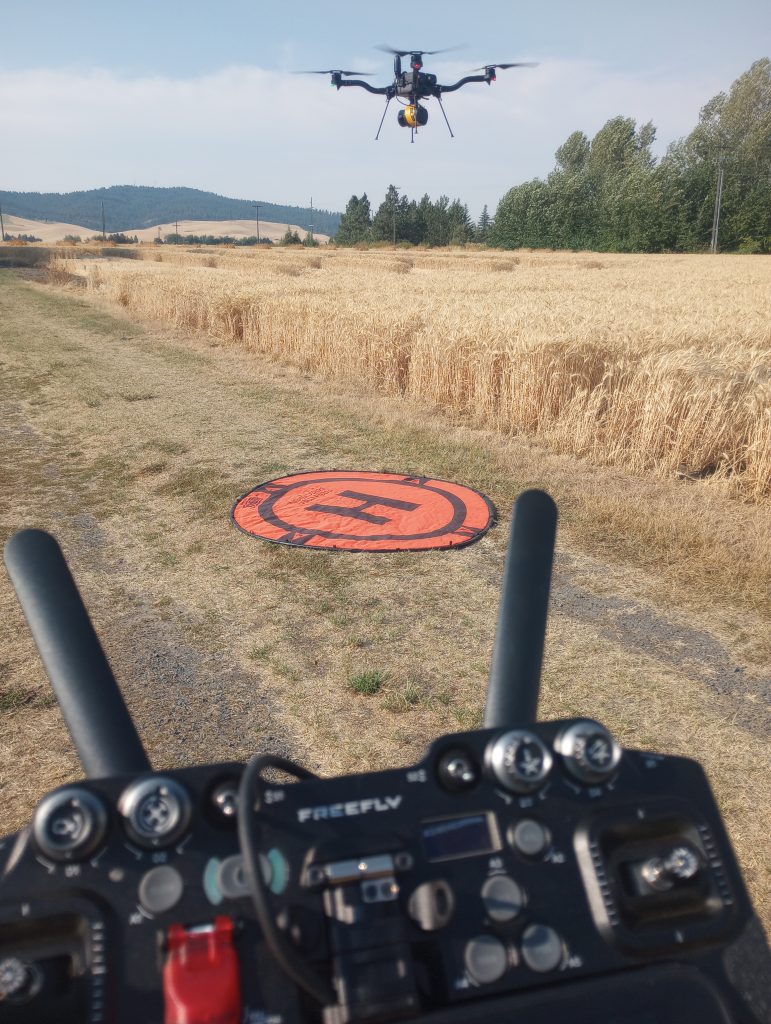UI Drone Lab Awarded USDA Equipment Grant for Drone Lidar System
The University of Idaho’s Drone Lab was awarded a USDA NIFA Equipment Grant for $110,000 to fund the purchase of a drone-carried lidar system to be used for research and teaching in the fields of agriculture and natural resources at UI and with partners.
High-resolution remotely-sensed elevation measurements are critical inputs to addressing many pressing questions in sustainable agriculture and natural resource management. Light detection and ranging (Lidar) is an active sensor technology that measures distance with laser pulses, and because it can penetrate plant canopies, is commonly used to measure ground elevation and plant canopy height. Over the past decade, Lidar sensors have become smaller and lighter, enabling deployment via unmanned aerial systems (UAS, i.e., drones) for capturing on-demand, high-resolution elevation and height data. The University of Idaho (UI) was awarded $110,000 from the USDA-NIFA Equipment Grant Program to purchase an airborne Lidar system mounted to UAS to enhance institutional capabilities of UI researchers and research training. Specifically, we have acquired a YellowScan Surveyor Ultra 3 Lidar sensor mounted to a Freefly Systems Astro UAS. The Lidar system is being used to further UI’s research and teaching in precision agriculture, precision forestry, rangeland ecology and management, and hydrology. This Lidar system is housed in and maintained by the UI Drone Lab, implemented in a selected set of ongoing or new projects, and available to faculty in the UI College of Agricultural and Life Sciences, College of Natural Resources, College of Science, and College of Engineering for research and teaching. The UAS Lidar system increases the UI’s ability to compete for large, cross-disciplinary extramural grants and conduct high-impact research in sustainable agriculture and natural resource management. The UI previously did not own an aerial Lidar system, and needed to contract aerial Lidar data acquisitions, which was costly, inhibited flexibility and discouraged projects needing frequent data acquisition.

